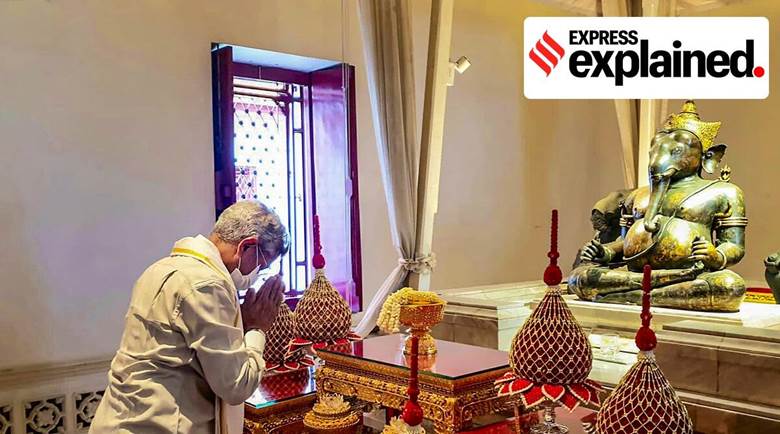Free Courses Sale ends Soon, Get It Now


Free Courses Sale ends Soon, Get It Now



Copyright infringement is not intended
Context: As part of his visit to Thailand for the ninth India-Thailand joint commission meeting, External Affairs Minister S. Jaishankar visited the Devasthan in Bangkok. The Devasthan is the Royal Brahmin Office of the Thai Royal Court and is the official centre of Hinduism in Thailand.
Details:
India’s religious links to Thailand
Background of relations:
© 2024 iasgyan. All right reserved